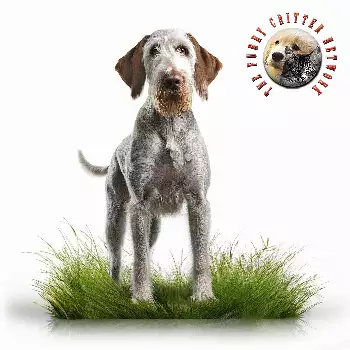The GWP integrates into family life as a devoted companion that forms strong bonds with all family members while often developing a special working relationship with the most active family member. This breed thrives in households that embrace an active lifestyle and can provide the physical exercise and mental stimulation necessary to keep a high-energy, intelligent dog content and well-behaved.
With children, properly socialized GWPs typically display patience and gentleness, though their size and energy level require supervision during interactions with very young children. The breed's natural protective instincts often extend to family children, with many GWPs positioning themselves as gentle guardians who monitor children's activities and alert parents to potential concerns. However, the breed's hunting drive may result in attempts to herd or control children's movements, particularly in outdoor settings.
Family exercise routines become significantly more important when living with a GWP, as these dogs require substantial daily activity that goes beyond simple walks. Families often find themselves embracing hiking, jogging, or outdoor adventures that allow the dog to exercise properly while providing quality family time. This can be beneficial for family health and bonding, though it may challenge families with sedentary lifestyles or limited outdoor access.
The breed's intelligence and problem-solving ability can create both benefits and challenges in family settings. GWPs quickly learn household routines and may anticipate family activities, helping with tasks like bringing items or alerting to visitors. However, their intelligence also means they may find ways around rules or restrictions that aren't consistently enforced, requiring families to maintain clear, consistent boundaries and expectations.
Seasonal changes significantly impact GWP family dynamics, particularly during autumn when the breed's hunting instincts intensify. Families may notice increased restlessness, stronger reactions to outdoor sounds, or attempts to investigate and track scents during walks. Understanding and accommodating these natural behavioral changes helps maintain harmony while allowing the dog to express its heritage within appropriate boundaries.
The GWP's grooming requirements affect family routines, as the breed's harsh coat requires regular brushing to prevent matting and occasional professional grooming to maintain proper texture and appearance. The coat's weather-resistant properties mean that GWPs often bring outdoor elements indoors, requiring families to accept some level of mud, water, and debris as part of sharing their home with an active outdoor dog.
Training responsibilities within the family benefit from coordination among all members, as the GWP's intelligence and eagerness to please make it responsive to consistent handling from multiple family members. However, the breed's working heritage means it may respond most reliably to family members who establish themselves as competent leaders through consistent, fair training approaches.
The breed's protective nature typically manifests as alertness and vocal warnings about strangers or unusual activities rather than aggressive behavior, making GWPs excellent family watchdogs that alert without creating liability concerns. This protective instinct extends to family property and routines, with many GWPs taking responsibility for monitoring their territory and reporting changes to family members.
Multi-pet households can work well with GWPs when other pets are properly introduced and the dog's prey drive is carefully managed. The breed typically coexists peacefully with other dogs, particularly when raised together, though their hunting instincts may create challenges with cats or small animals that trigger chase behaviors. Early socialization and consistent management help families successfully integrate GWPs with other pets.
The GWP's longevity and stable temperament make them excellent long-term family companions that can adapt to changing family circumstances over their 12-14 year lifespan. Their intelligence and trainability allow them to learn new routines and adjust to family changes such as new babies, moves, or changes in family activity levels, though they consistently require adequate exercise and mental stimulation regardless of circumstances.

